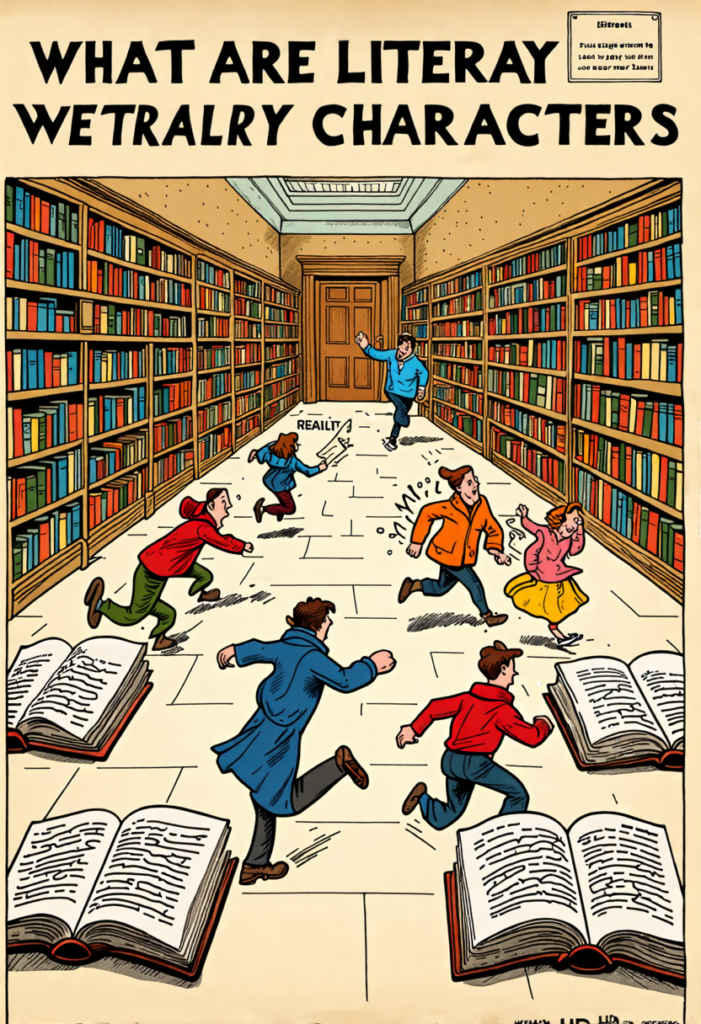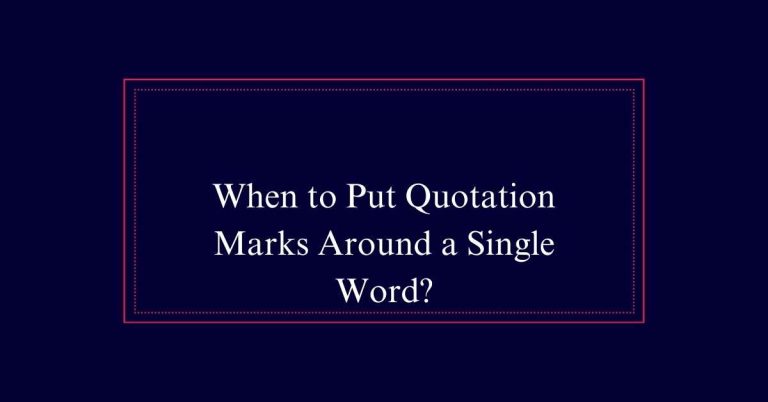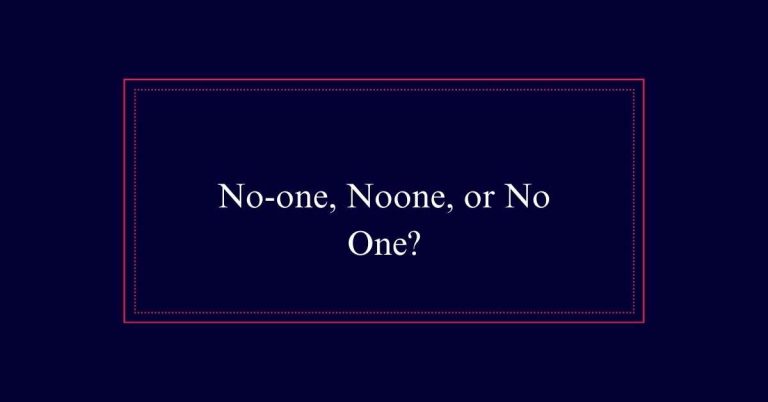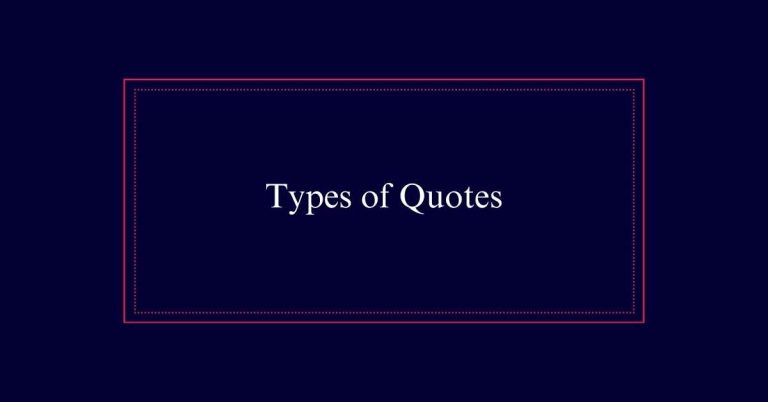15 Common Literary Devices to Know
Literary devices are essential tools for writers to enhance their storytelling. From metaphors that draw unexpected comparisons to similes that create vivid imagery, these techniques add depth and nuance to written works. Personification brings inanimate objects to life, while alliteration creates pleasing rhythms in prose and poetry. Hyperbole exaggerates for effect, and irony reveals hidden truths.
Understanding these devices can transform ordinary writing into something extraordinary. But there’s more to explore beyond these familiar examples.
Metaphor
A metaphor is a figure of speech that compares two unlike things directly. It states that one thing is another, without using ‘like’ or ‘as.’ Metaphors create vivid images in readers’ minds. They help convey complex ideas in a simple way.
For example, ‘Life is a rollercoaster’ compares life’s ups and downs to a thrilling ride.
Writers use metaphors to make their writing more engaging. They can evoke emotions and create lasting impressions. Good metaphors surprise readers with unexpected connections. They offer fresh perspectives on familiar concepts.
However, overusing metaphors can make writing feel forced or confusing.
To use metaphors effectively, choose comparisons that fit your context. Make sure they’re clear and easy to understand. Avoid clichés and strive for originality.
When done well, metaphors can elevate your writing and leave a powerful impact on readers.
Simile
Similes, like metaphors, are powerful tools for comparison in writing. A simile uses the words ‘like’ or ‘as’ to compare two unlike things.
It helps readers understand unfamiliar concepts by relating them to familiar ones. For example, ‘Her voice was as smooth as silk’ compares a voice to fabric.
Similes create vivid imagery and make writing more engaging. They can convey complex ideas in a simple way. Writers use similes to evoke emotions and paint pictures in readers’ minds.
In poetry, similes often add rhythm and musicality. In prose, they can break up long descriptions and add variety.
However, overusing similes can make writing feel forced or cliché. It’s important to use them sparingly and creatively. When used well, similes enhance writing and help readers connect with the text on a deeper level.
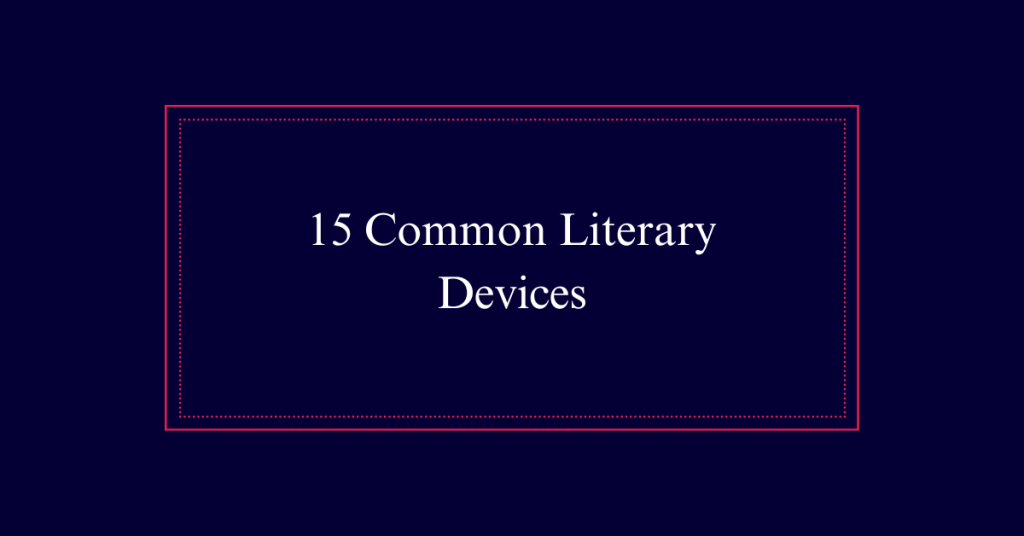
Personification
Bringing inanimate objects or abstract ideas to life, personification is a literary device that attributes human characteristics to non-human things. This technique allows writers to create vivid imagery and emotional connections. It helps readers relate to complex concepts or objects in a more familiar way.
For example, ‘The wind whispered through the trees’ gives human qualities to the wind. Personification is common in poetry, fiction, and even everyday language. It can make descriptions more engaging and memorable.
Writers use it to create mood, emphasize themes, or simplify abstract ideas. When used effectively, personification can evoke strong emotions or paint clear mental pictures. However, overuse can lead to clichés or confusion. Writers should use personification purposefully to enhance their work. It’s a powerful tool for making writing more dynamic and relatable to readers.
Alliteration
Repeating consonant sounds at the beginning of words, alliteration creates a rhythmic effect in writing. This device is common in poetry, prose, and even everyday speech. It draws attention to specific words and enhances the musicality of language. Alliteration can set a mood, create emphasis, or make text more memorable.
Examples of alliteration are found in tongue twisters like ‘Peter Piper picked a peck of pickled peppers.’ In literature, famous instances include ‘The Raven’ by Edgar Allan Poe: ‘Deep into that darkness peering, long I stood there wondering, fearing.’ Alliteration is also used in brand names like ‘Dunkin’ Donuts’ or ‘Coca-Cola.’
When using alliteration, writers should be careful not to overuse it. Too much can become distracting or feel forced. Used sparingly, alliteration adds a pleasing sound quality to writing.
Hyperbole
Hyperbole uses extreme exaggeration to make a point or create emphasis. It’s a common device in everyday speech and literature. Writers use hyperbole to grab attention and convey strong emotions.
For example, ‘I’m so hungry I could eat a horse’ is hyperbole. No one can actually eat a whole horse. The phrase simply means the person is very hungry.
Hyperbole can be funny or dramatic. It often appears in poetry, fiction, and persuasive writing. In Shakespeare’s ‘Romeo and Juliet,’ Romeo uses hyperbole to describe Juliet’s beauty: ‘Juliet is the sun.’ This exaggeration shows Romeo’s intense feelings.
In advertising, hyperbole is used to promote products: ‘The best coffee in the world!’ When using hyperbole, writers must be careful. Overuse can make writing seem unrealistic or insincere. Used well, hyperbole adds color and impact to language.
Irony
Irony is a literary device that involves a contrast between expectation and reality. It occurs when the outcome is different from what was anticipated.
There are three main types of irony: verbal, situational, and dramatic. Verbal irony is when someone says one thing but means another. Situational irony happens when events unfold in an unexpected way. Dramatic irony occurs when the audience knows something the characters don’t.
Writers use irony to create humor, highlight contradictions, or reveal deeper truths. It can make readers think critically about situations or characters. Irony often surprises readers and keeps them engaged. It can also add depth to a story by exposing complexities in human behavior.
Symbolism
Symbolism is a literary device where objects, characters, or actions represent abstract ideas or concepts beyond their literal meaning. Writers use symbolism to add depth and layers to their work. It allows them to convey complex ideas in a subtle way.
For example, a dove might symbolize peace, or a storm could represent emotional turmoil.
Effective symbolism often relies on cultural or universal associations. It can be obvious or subtle, depending on the author’s intent. Symbolism can appear in various forms, such as recurring motifs, colors, or even names.
It engages readers by inviting them to interpret and find hidden meanings.
To identify symbolism, look for elements that seem to carry more significance than their surface meaning. Consider how these elements relate to the story’s themes and characters.
Foreshadowing
While symbolism adds depth to a story, foreshadowing creates anticipation for events to come. Foreshadowing is a literary device that hints at future events in a narrative. Writers use it to build suspense and prepare readers for what’s ahead.
It can be subtle or obvious. Subtle foreshadowing might be a change in weather or a character’s offhand comment. Obvious foreshadowing could be a direct warning or prophecy.
This device helps maintain reader interest and creates a sense of unity in the story. It can also make surprising events feel more plausible.
Imagery
Imagery is a powerful literary device that engages readers’ senses through vivid descriptions. It uses words to create mental pictures, allowing readers to experience the story more fully. Imagery can appeal to sight, sound, smell, taste, and touch. Writers use it to make scenes come alive and characters more relatable.
For example, instead of saying ‘It was cold,’ an author might write, ‘The icy wind bit at her exposed skin, turning her cheeks red.’ This creates a more vivid image in the reader’s mind. Imagery can also set the mood of a scene or highlight important details.
It’s often used in poetry but is equally effective in prose. To use imagery well, writers should focus on specific details and use sensory language. Overuse can be distracting, so balance is key. When done right, imagery enhances the reading experience significantly.
Onomatopoeia
Another literary device that appeals to the senses, particularly hearing, is onomatopoeia. This technique uses words that imitate the sound they describe.
Writers employ onomatopoeia to create vivid sensory experiences for readers. Common examples include ‘buzz,’ ‘hiss,’ ‘splash,’ and ‘boom.’ These words help readers hear the scene in their minds.
Onomatopoeia is especially effective in poetry and children’s literature. It adds rhythm and musicality to the text.
In prose, it can make descriptions more engaging and memorable. Writers use onomatopoeia to bring scenes to life, making them more immersive for readers. It’s a powerful tool for showing rather than telling.
When used skillfully, onomatopoeia can enhance the mood and atmosphere of a piece. It’s important to use this device sparingly, as overuse can become distracting or feel forced.
Allusion
Allusion is a literary device that references well-known people, places, events, or works of art. It adds depth and meaning to writing by drawing on shared cultural knowledge. Writers use allusions to evoke specific ideas or emotions in readers.
For example, calling someone a ‘Romeo’ alludes to Shakespeare’s character, suggesting romantic behavior.
Allusions can be subtle or direct. They may reference mythology, history, literature, or popular culture. Effective allusions rely on the reader’s familiarity with the source material. When used well, they enrich text without explanation. However, overuse or obscure references can confuse readers.
Writers employ allusions to:
- Create connections between ideas
- Add layers of meaning
- Establish tone or mood
- Characterize people or situations
- Provide commentary on themes
Oxymoron
Combining contradictory terms, an oxymoron creates a paradoxical effect in language. This device pairs words that seem to oppose each other, resulting in a phrase that appears self-contradictory.
Common examples include ‘deafening silence,’ ‘bittersweet,’ and ‘act naturally.’ Writers use oxymorons to draw attention to contrasts, create tension, or express complex ideas succinctly.
In literature, oxymorons can add depth to characters or situations. For instance, Shakespeare’s Romeo describes love as ‘cold fire’ and ‘sick health.’
Oxymorons also appear in everyday speech, often without notice. Phrases like ‘pretty ugly’ or ‘original copy’ are oxymorons we use regularly.
When crafting oxymorons, writers should ensure they serve a purpose beyond mere wordplay. Effective use can enhance descriptions, evoke emotions, or highlight paradoxes in human experience. Overuse, however, may confuse readers or dilute the impact.
Paradox
Paradox presents a seemingly contradictory statement that may actually be true. This device often challenges readers to think deeply about an idea. Paradoxes can reveal hidden truths or highlight complex concepts. They are common in literature and everyday speech.
A famous example is ‘War is peace’ from George Orwell’s ‘1984.’ This paradox shows the twisted logic of the novel’s dystopian society.
Another example is ‘The only constant is change.’ This phrase captures life’s ever-changing nature.
Writers use paradoxes to create intrigue and provoke thought. They can add depth to characters or themes. Paradoxes often appear in poetry to express complex emotions. In prose, they can emphasize important points or create memorable phrases.
Tone
Tone in literature refers to the author’s attitude toward the subject or audience. It can be serious, humorous, sarcastic, or any other emotion. Tone is conveyed through word choice, sentence structure, and overall style. It helps readers understand the author’s perspective and feelings about the topic.
Writers use tone to create mood and atmosphere in their work. For example, a dark, ominous tone can build suspense in a thriller. A light, playful tone can make a comedy more enjoyable. Tone can also change throughout a piece of writing to reflect shifts in the story or characters’ emotions.
Identifying tone is important for readers to fully grasp the author’s intent. It adds depth to the text and influences how readers interpret and respond to the content. Writers must maintain a consistent tone unless intentionally changing it for effect.
Mood
In literature, mood refers to the emotional atmosphere created in a piece of writing. It’s the feeling that readers experience while engaging with the text. Authors use various techniques to establish mood, such as descriptive language, setting, and tone. Mood can be joyful, melancholic, tense, or mysterious, among other emotions. It helps readers connect with the story on an emotional level.
To create mood, writers often employ sensory details, imagery, and figurative language. The choice of words and sentence structure also plays a crucial role. For example, short, choppy sentences can create a sense of urgency or tension. Longer, flowing sentences might evoke a calm or dreamy mood.
Weather, time of day, and location can also influence the mood of a story. Effective use of mood enhances the reader’s experience and deepens their engagement with the narrative.
Other literary devices
- Allegory
- What Is an Analogy?
- Anthropomorphism in Writing
- Antithesis
- Chiasmus
- Colloquialism
- Circumlocution
- Epigraph
- New Uses for Old Words
- Juxtaposition
